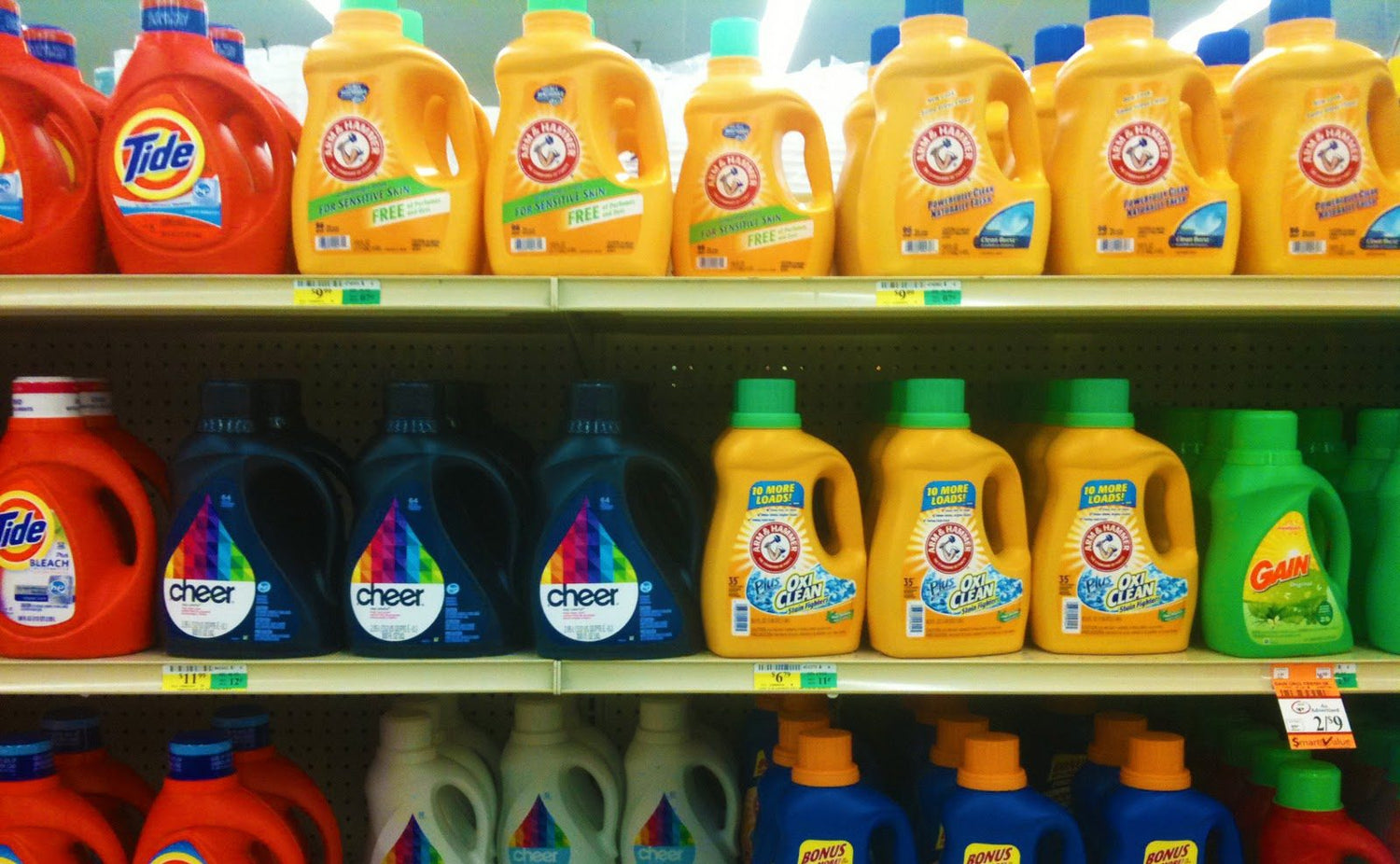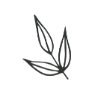
How to avoid 1,4 Dioxane
What is 1,4 Dioxane?
You may have seen the term "1,4 Dioxane" in the news lately and wondered what it is. Here's a quick explanation: 1,4 Dioxane is a synthetic compound that is often used as a foaming agent or solvent in many household products. The State of New York has banned a certain level of 1,4 Dioxane in laundry detergent because it is a human carcinogen and can potentially cause health problems like liver damage or cancer. So if you're concerned about your family's exposure to this chemical, be sure to check labels carefully and choose products that are free of 1,4 Dioxane.
1,4 Dioxane is a man-made chemical that is used in many industries, including the production of plastics, resins, and detergents
1,4 Dioxane is a synthetic chemical used in many products like Tide, Gain and other detergents, as well as plastics and resins. It’s an ingredient that’s commonly gone unnoticed but has been found to have potentially harmful impacts on both people and the environment. In fact, it can be extremely difficult to eliminate 1,4-Dioxane from our waterways due to its chemically stable nature – meaning it is more likely to remain in the water than other pollutants. To protect ourselves and the environment, we should all stay informed of potential hazards like 1,4-Dioxane so we can make smarter decisions when purchasing consumer goods.
This chemical can be found in products such as shampoo, soap, and laundry detergent
It might come as a surprise, but 1,4 dioxane can be found as an invisible ingredient in many everyday personal care products like shampoo, soap, and laundry detergent- even in those labeled "all natural" or "all organic". 1,4 dioxane is considered to be potentially hazardous to human health and isn't labeled as an ingredient on product labels. This means that it can be present in products without consumers being aware of its dangers. That’s why it’s important for consumers to read ingredient lists carefully before purchasing any product. Don’t forget though; 1,4 dioxane won’t always be listed on the label- so unfortunately it can be hard to know if you’re buying something with 1,4 dioxane in it or not.
1,4 Dioxane is considered a probable human carcinogen by the EPA
1,4 Dioxane is a chemical most people have never heard of, but the Environmental Protection Agency (EPA) has labeled it a probable human carcinogen. This means that long-term exposure to this chemical has been linked to higher rates of certain kinds of cancers. It is critically important for us to pay attention to 1,4 Dioxane and where it can be found so we can help protect ourselves and our loved ones from its dangerous effects. We should also do our best to reduce the emissions that can lead to these chemicals getting into our environment in the first place.
What ingredients to look for when trying to avoid 1,4 dioxane
When you're trying to watch out for 1,4 dioxane in your skincare and beauty products, there are a few ingredients to look out for. PEG-100 stearate and polyethylene glycol (PEG) compounds typically have high levels of this carcinogen. You'll also want to keep an eye out for ingredients like Sodium Laureth Sulfate (SLES), Cocomide MEA and DEA, as these can all contain or create 1,4 dioxane during manufacturing. Luckily, there are ways to avoid these ingredients and still get a quality product -- organic or natural ones tend to be the safest! It's definitely worth taking the time to double-check the label before buying anything so you can feel confident about what you're slathering on your skin.
There are ways to avoid exposure to 1,4 Dioxane, such as reading labels on products and avoiding those that contain it
When it comes to avoiding exposure to 1,4 Dioxane, the most important step is reading labels. While the chemical isn’t always listed clearly on packaging, there are other ways to spot possible sources of the compound, such as looking for ingredients like sodium laureth sulfate. While some products contain this ingredient and do not release 1,4 Dioxane during use, others may emit the chemicals during their manufacture or processing. Additionally, when you’re buying beauty products like soaps and shampoos, look for those made with safer surfactants like cocamidopropyl betaine or decyl glucoside as well as natural products free of synthetic surfactants altogether. Avoiding unnecessary exposure to 1,4 Dioxane does take a bit more effort than usual when shopping for specific items that contain certain chemicals - however it can provide great peace-of-mind when it comes to protecting both yourself and your family's health!
Now that you know what 1,4 Dioxane is and where it can be found, you may be wondering how to avoid it. The best way to do this is by reading labels on products before purchasing them. If a product contains any of the ingredients mentioned above, chances are it contains 1,4 Dioxane as well. Another way to avoid exposure to this chemical is by using natural alternatives to showering and laundry soap, like MamaSuds Laundry Soap. This product is completely free of 1,4 Dioxane (and all other harsh chemicals), so you can feel good about using it without worry. Plus, it’s gentle enough for those with sensitive skin! Check out our 1,4 Dioxane free MamaSuds Laundry Soap here.



Leave a comment